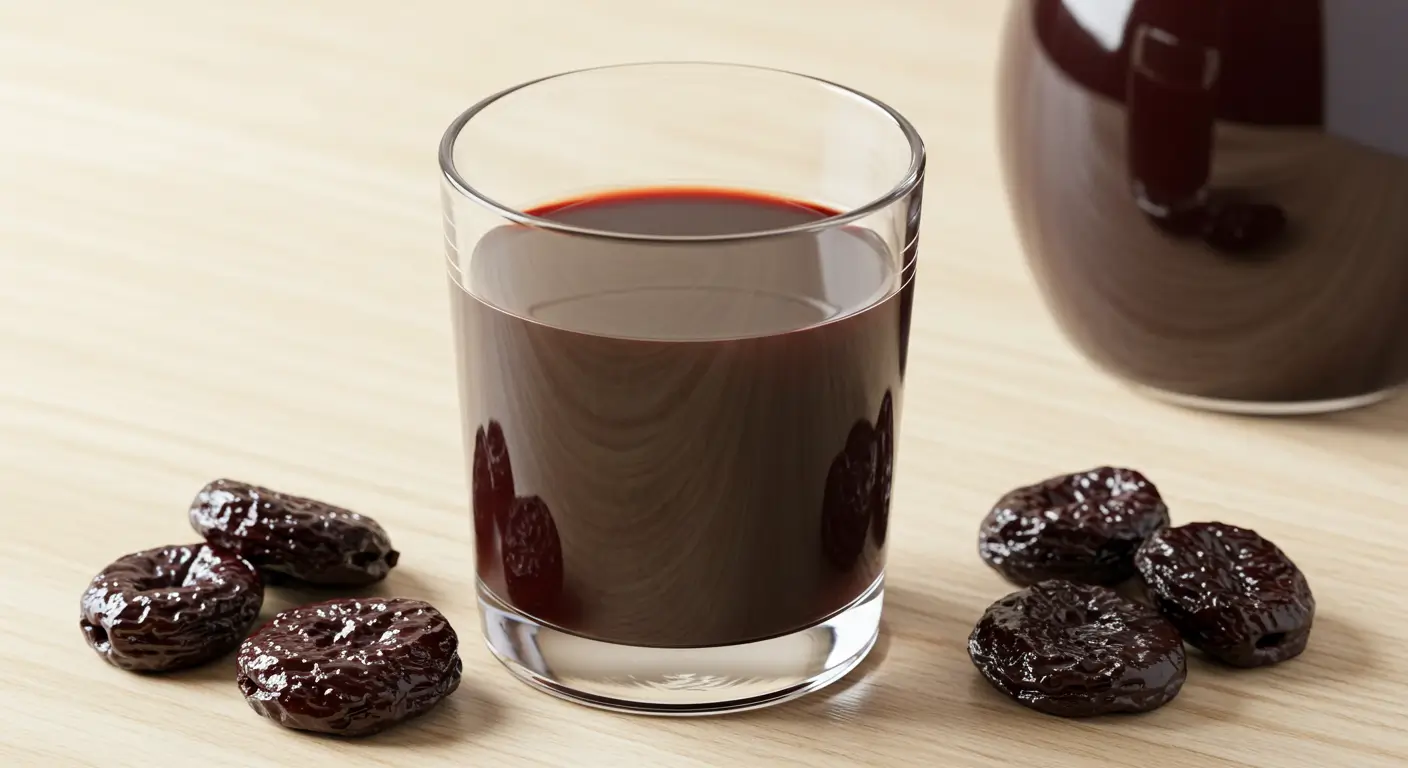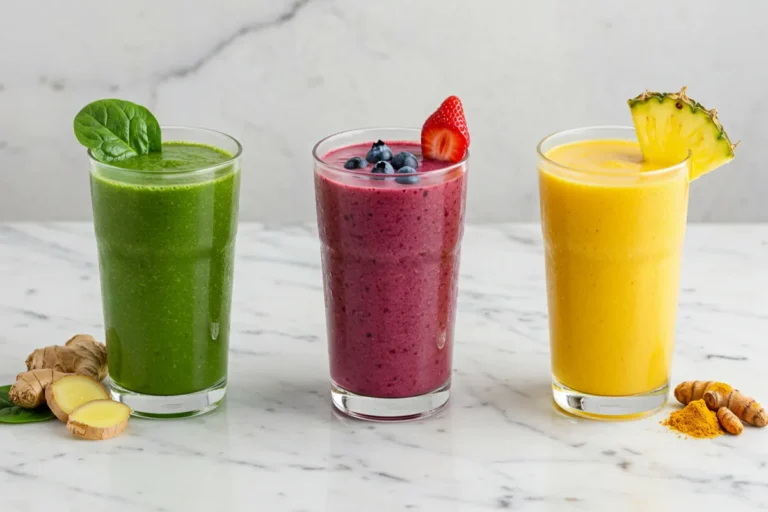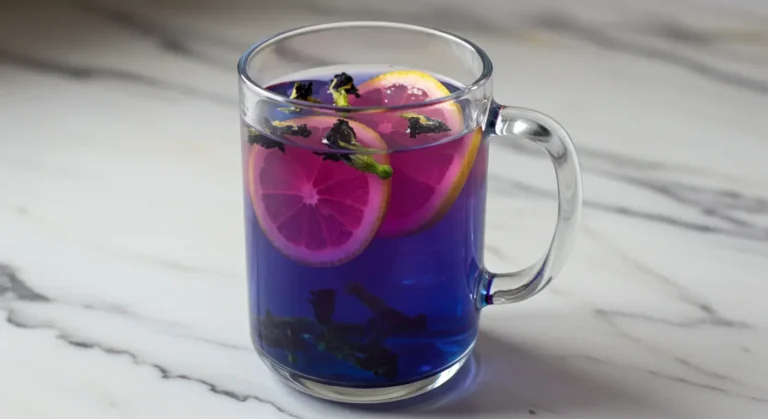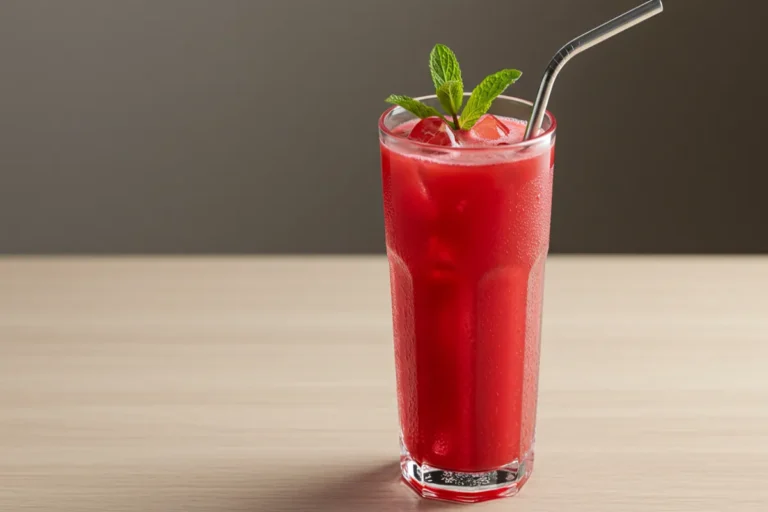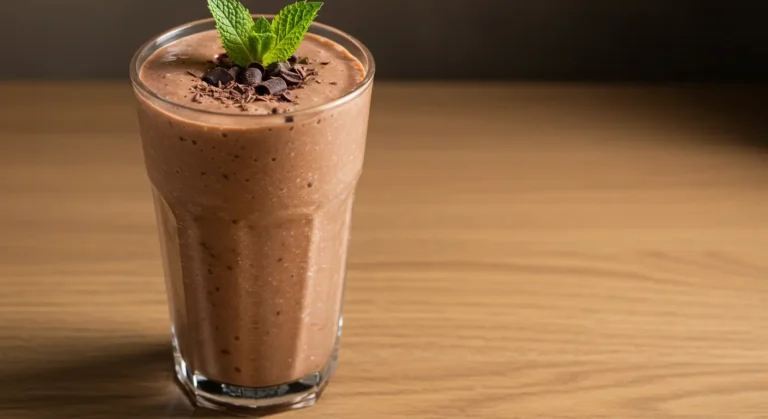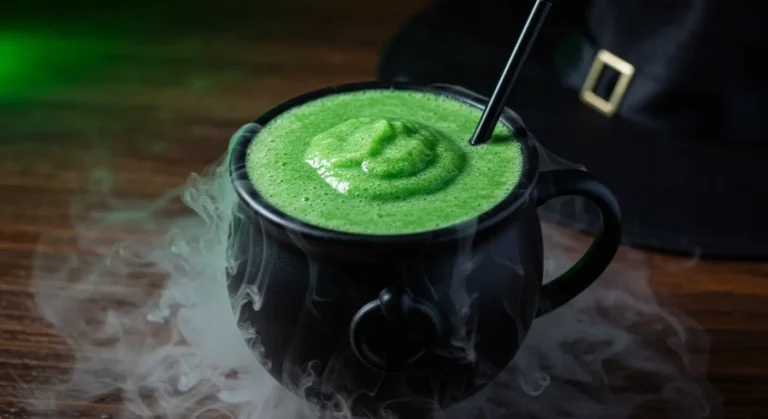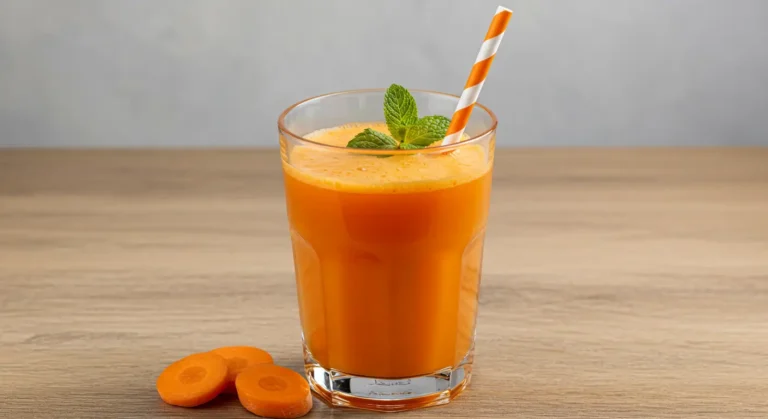Prune Juice: How to Make It Fresh and Easy
How many Americans are unaware that homemade prune juice contains nearly twice the beneficial compounds found in most commercial varieties? This revelation has sparked renewed interest in crafting this digestive powerhouse at home, with culinary experts reporting a significant uptick in prune juice recipes trending across major cooking platforms. Making fresh prune juice at home not only maximizes its nutritional profile but also allows you to customize this healthy drink recipe to your exact taste preferences, something no store-bought version can offer.
Table of Contents
Ingredients List
For perfect homemade prune juice, gather these essentials:
- 2 cups of dried prunes (approximately 16 ounces)
- 4 cups of filtered water
- 1-2 tablespoons of lemon juice (freshly squeezed preferred)
- 1 cinnamon stick or ½ teaspoon ground cinnamon (optional)
- 1 teaspoon vanilla extract (optional)
- 1-2 tablespoons of honey or maple syrup (optional, for additional sweetness)
Timing
- Preparation time: 5 minutes
- Soaking time: 8 hours (or overnight)
- Cooking time: 25 minutes
- Total active time: 30 minutes
Step-by-Step Instructions
Step 1: Prepare and Soak the Prunes
Begin by inspecting your dried prunes and removing any stems or foreign objects. Rinse them thoroughly under cool running water to eliminate any residual dust or debris. Transfer your prunes to a large glass bowl and cover completely with filtered water. For the richest prune flavor, allow them to soak overnight or for at least 8 hours in the refrigerator. This extended soaking period softens the fruit and begins releasing its natural sugars and beneficial compounds.
Step 2: Transfer to Cooking Pot
After soaking, transfer your plumped prunes along with their soaking liquid to a medium-sized stainless steel or enamel pot. The material of your cooking vessel matters—aluminum can react with the acids in prune juice and affect both flavor and nutritional content. If the soaking liquid doesn’t fully cover the prunes, add just enough additional water to ensure they’re completely submerged for proper juice extraction.
Step 3: Simmer the Mixture
Bring the prune mixture to a gentle boil over medium heat, then immediately reduce to a low simmer. Add your cinnamon stick if using. Cover partially with a lid to allow some evaporation while preventing excessive liquid loss. Simmer your developing prune juice for 15-20 minutes, stirring occasionally. You’ll notice the liquid darkening and the prunes becoming increasingly tender—signs that your juice is extracting properly.
Step 4: Add Flavoring Ingredients
Remove your pot from heat and stir in any optional ingredients like lemon juice, vanilla extract, or sweeteners. These additions should be adjusted based on your personal preference and the natural sweetness of your prunes. The lemon juice serves a dual purpose in your juice: it brightens the flavor and helps preserve the nutritional value by preventing oxidation of certain compounds.
Step 5: Blend Until Smooth
Allow the mixture to cool for about 15 minutes until it’s safe to handle. Transfer the entire contents—both prunes and liquid—to a blender. For the smoothest prune juice, blend on high speed for 1-2 minutes until completely smooth. If you prefer a more textured juice with fiber-rich pulp, pulse several times instead of continuous blending.
Step 6: Strain the Juice
Pour your blended juice through a fine-mesh strainer into a clean bowl, using a silicone spatula to press and extract as much liquid as possible. For ultra-smooth prune juice, line your strainer with cheesecloth before pouring. The leftover pulp shouldn’t go to waste—it makes an excellent addition to morning oatmeal or yogurt, continuing the nutritional benefits of your preparation.
Step 7: Bottle and Chill
Transfer your freshly made juice into glass bottles or jars with tight-fitting lids. Allow it to cool completely before refrigerating. Chilling improves the flavor profile of prune juice, as certain compounds meld together more effectively at lower temperatures. Your homemade juice is now ready to enjoy as a refreshing and beneficial healthy drink.
Nutritional Information
One cup (240ml) contains approximately:
- Calories: 180-200
- Protein: 1.5g
- Fat: 0.1g
- Carbohydrates: 45g
- Dietary Fiber: 3g
- Sugar: 30g (naturally occurring)
- Potassium: 700mg
- Iron: 3mg
- Vitamin K: 10mcg
- Vitamin A: 20% of daily recommended value
- Magnesium: 36mg
Healthier Alternatives for the Recipe
Enhance your recipe with these health-focused modifications:
- Low-Sugar Option: Skip additional sweeteners and add a cinnamon stick plus vanilla extract during simmering for natural sweetness without added sugars in your juice
- Fiber-Rich Version: Instead of straining completely, leave some of the pulp in your juice for additional digestive benefits and greater satiety
- Antioxidant Boost: Add 1 tablespoon of fresh ginger during the simmering process for a spicy kick and enhanced anti-inflammatory properties in your juice
- Prebiotic Enhancement: Include 1 teaspoon of raw apple cider vinegar after cooling for prebiotic support that complements the digestive benefits of prune juice
- Heart-Healthy Addition: Blend in 1 tablespoon of ground flaxseed just before serving for omega-3 fatty acids without affecting the core flavor of your juice
Serving Suggestions
Elevate your experience with these serving ideas:
- Serve chilled juice in tall glasses with ice and a fresh lemon wheel for a refreshing morning beverage
- Use prune juice as the liquid base for morning smoothies—it pairs especially well with banana, cinnamon, and a tablespoon of almond butter
- For a warming evening drink, heat prune juice gently with a cinnamon stick, star anise, and orange peel for a mulled alternative to cider
- Offer in small decorative glasses as a nutritious aperitif before meals to stimulate digestion
- For children resistant to drinking, freeze into popsicle molds with sliced fresh fruits for a healthy treat
Common Mistakes to Avoid
Prevent these typical errors when preparing your prune juice:
- Using Hot Water for Initial Soaking: Starting with hot water breaks down prunes too quickly and can lead to bitter prune juice. Always soak in room temperature or cold water.
- Excessive Boiling: Vigorous boiling destroys heat-sensitive nutrients in prune juice and creates a bitter flavor. Gentle simmering preserves both taste and nutrition.
- Under-Soaking: Skipping or shortening the soaking process results in prune juice with less flavor depth and fewer extracted nutrients. Patient soaking is essential for quality.
- Improper Storage Containers: Storing prune juice in reactive metal containers or non-food-grade plastic can cause flavor degradation and potential chemical leaching. Always use glass for storage.
- Over-Sweetening: Adding too much sweetener masks the natural beneficial compounds in prune juice. Start with minimal sweetener and adjust gradually to taste.
- Neglecting Filtration: While fiber is beneficial, inadequate straining can make prune juice unpleasantly thick. Balance filtration to achieve your desired texture without losing all beneficial fiber.
Storing Tips for the Recipe
Maximize your prune juice experience with these storage recommendations:
- Refrigeration: Store your homemade juice in airtight glass containers in the refrigerator for up to 5 days. The flavor of prune juice actually improves after the first 24 hours as compounds continue to meld.
- Freezing Option: Pour juice into ice cube trays and freeze for up to 3 months. These cubes make excellent additions to smoothies or can be thawed for quick single servings.
- Separation is Normal: Natural settling may occur during storage. Simply shake your juice before serving to redistribute any separated components.
- Preservation Method: To extend shelf life to 7 days, add an additional tablespoon of lemon juice to your prune juice before storing, as the citric acid acts as a natural preservative.
- Bulk Preparation: When prunes are seasonally discounted, prepare a larger batch of prune juice and freeze in portion-sized containers for economical year-round consumption.
Conclusion
This homemade prune juice recipe delivers exceptional digestive benefits and rich flavor through a straightforward preparation process. By controlling ingredients and preparation methods, you create a superior product to commercial alternatives—one that’s fresher, more potent, and perfectly tailored to your preferences. The versatility of prune juice makes it both a nutritional powerhouse and a versatile culinary ingredient.
Try this juice recipe today and share your experience in the comments section below! We’d love to see how you’ve customized it to suit your taste.
FAQs
Is prune juice good for constipation? Yes, prune juice is widely recognized as an effective natural remedy for constipation. It contains sorbitol, a natural sugar alcohol that acts as a laxative, along with fiber and other compounds that promote digestive health. For constipation relief, most nutritionists recommend drinking 4-8 ounces of prune juice in the morning.
Can diabetics drink this juice? People with diabetes should approach prune juice with caution due to its naturally high sugar content. While it has a lower glycemic index than many fruit juices, it’s best consumed in small quantities (2-4 ounces) and as part of a balanced meal to minimize blood sugar spikes. Always consult with your healthcare provider for personalized advice.
Can I use fresh plums instead of dried prunes to make prune juice? While you can make plum juice from fresh plums, it won’t have the same concentration of nutrients or laxative effects as true prune juice. Prune juice specifically comes from dried plums (prunes), which have a different nutritional profile than their fresh counterparts, with higher concentrations of certain beneficial compounds.
Your Feedback Matters
There are no reviews yet. Be the first one to write one.

